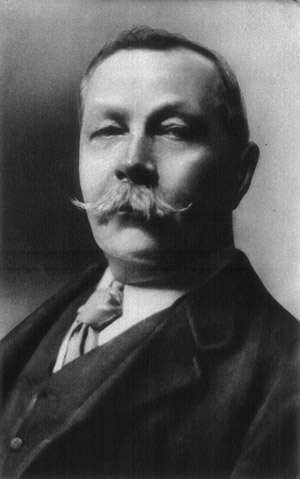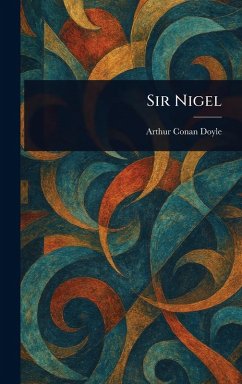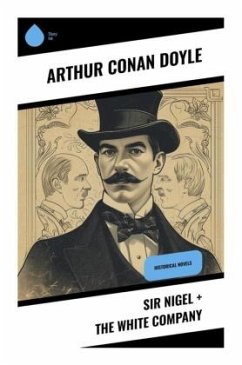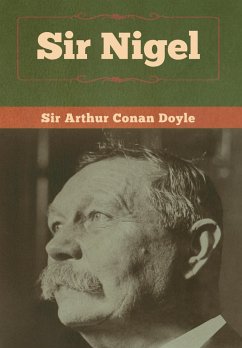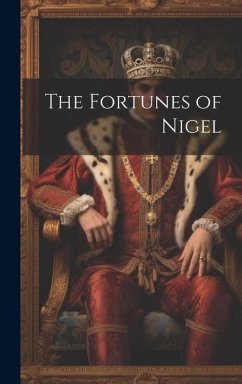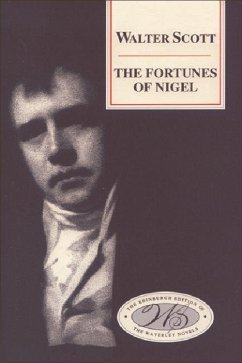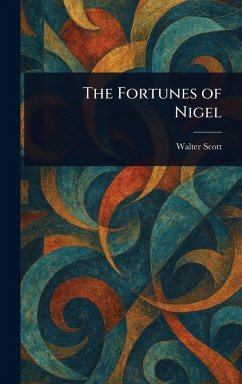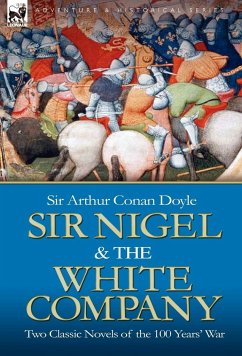
Sir Nigel & the White Company
Two Classic Novels of the 100 Years' War
Versandkostenfrei!
Versandfertig in über 4 Wochen
44,99 €
inkl. MwSt.
Weitere Ausgaben:

PAYBACK Punkte
22 °P sammeln!
A cavalcade of the medieval world within two classic novels of historical fiction Despite his success with his famous fictional detective, Arthur Conan Doyle's first love was the historical novel and in his own estimation he wrote few better than the two collected together in this book. 'Sir Nigel' was actually written after 'The White Company,' but in the Leonaur edition it appears first since within it the reader is introduced to one of the principal characters of both novels-Sir Nigel Loring. The scene for these adventures is England and France in the 14th Century against a backdrop of The ...
A cavalcade of the medieval world within two classic novels of historical fiction Despite his success with his famous fictional detective, Arthur Conan Doyle's first love was the historical novel and in his own estimation he wrote few better than the two collected together in this book. 'Sir Nigel' was actually written after 'The White Company,' but in the Leonaur edition it appears first since within it the reader is introduced to one of the principal characters of both novels-Sir Nigel Loring. The scene for these adventures is England and France in the 14th Century against a backdrop of The Hundred Years War. Young Nigel in service to his king, Edward III begins his career as a squire. It is the start a 'rites of passage' journey which will include the Black Prince among other notables of the period, skirmishes at sea and ultimately the monumental Battle of Poitiers. 'The White Company' continues Sir Nigel's story as once again he campaigns against the French, this time in company with a new young hero, Alleyne Edricson. As usual this Leonaur edition allows collectors to own these essential novels as a combined set within a single substantial volume available in both soft back and hardcover with dust jacket.




